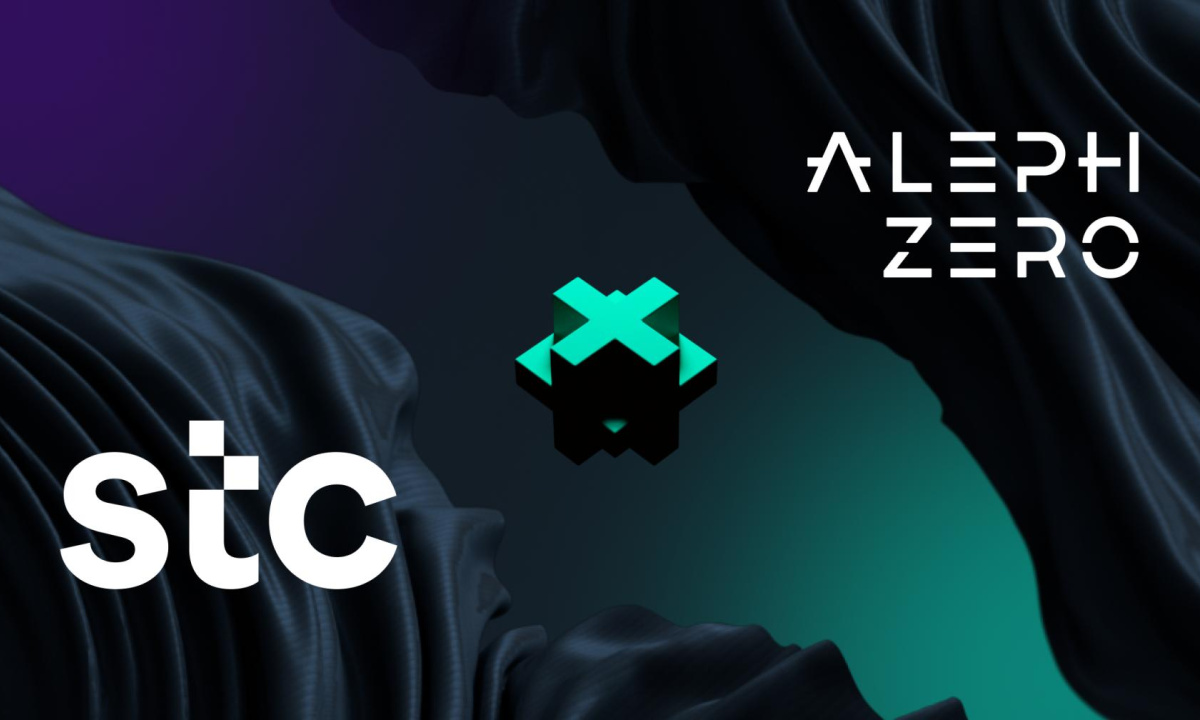Table of Contents
- Bridging the Gap Between Ethereum’s Potential and the Current Reality
- Ethereum Is a Victim of Its Own Success
- Binance has revealed that it will be using Syscoin Bridge as a vehicle for overcoming Ethereum’s scaling issues and enabling cheap BUSD stablecoin transfers.
- The news arrives at a time when Ethereum fees are reaching an all-time high, prompting an intensive search for scaling options that can take the strain and lower on-chain fees.
Binance has revealed that it will be using Syscoin Bridge as a vehicle for overcoming Ethereum’s scaling issues and enabling cheap BUSD stablecoin transfers. The news arrives at a time when Ethereum fees are reaching an all-time high, prompting an intensive search for scaling options that can take the strain and lower on-chain fees. The interoperability layer developed by Syscoin and Blockchain Foundry allows ERC20 assets to be transacted on the Syscoin blockchain, where fees are significantly lower and throughput is higher.
Bridging the Gap Between Ethereum’s Potential and the Current Reality
Many of the use cases touted for Ethereum and the defi ecosystem that has formed around it have been hampered by scaling problems. Microtransactions, low value token transfers, and interactions with Ethereum dApps are all effectively off-limits while average transactions cost dollars instead of cents. Syscoin’s Z-DAG (Zero-confirmation Directed Acyclic Graph) technology allows far higher throughput, which in tests by auditing firm Whiteblock have proven to be capable of maintaining a minimum of 60,000 TPS. This is a marked improvement over Ethereum’s current throughput, which numbers in the low double digits.
As Ethereum’s scaling issues have become pronounced, other blockchains have entered the fray, positioning themselves as better qualified at handling high transaction volume without a corresponding increase in on-chain costs. Matic Network’s Plasma-based solution is one option being explored by gaming dApps, which are dependent upon frequent on-chain transactions, while zk-rollups are the interim solution favored by Ethereum founder Vitalik Buterin.
Syscoin Bridge takes a different approach, creating a two-way channel between Syscoin and Ethereum that allows ERC20 tokens to transcend the chain they were issued on. The crucial difference between Syscoin Bridge and similar interoperability solutions is that Syscoin’s channel doesn’t require custodying the assets on one chain to free them on another, as is the case with WBTC. Syscoin Bridge thus supports the defi narrative of facilitating trustless trades while enabling users to retain control of their assets at all times. As Dan Wasyluk, Blockchain Foundry CEO and Syscoin co-founder, explains: “The Syscoin Ethereum bridge was designed specifically to help provide Syscoin’s benefits of fast, scalable, and low-cost transactions to tokens on other blockchain platforms.”
Ethereum Is a Victim of Its Own Success
Ethereum’s reinvention as a defi ecosystem, suitable for supporting dApps, DEXs, liquidity pools, synthetics, lending, and stablecoin issuance, has been impeded by its inability to scale. The result has been a plethora of failed transactions, increased gas usage, and a mempool that’s filled to bursting. More than one million ETH per day is now being transferred via smart contracts, and is approaching an all-time high.
Convincing developers and users to gravitate to other blockchains, however, which lack Ethereum’s network effects, is a big ask. Interoperability solutions such as Syscoin Bridge enable ethereans to have their cake and eat it, enjoying access to the ERC20 tokens they need in an environment that’s less congested. Syscoin will have its work cut out, though, in convincing the Ethereum community to take the plunge. The news that Binance is investigating Syscoin Bridge as a vehicle for transferring BUSD, however, will strengthen its status as a possible alternative to transacting on the Ethereum chain.
Investment Disclaimer






